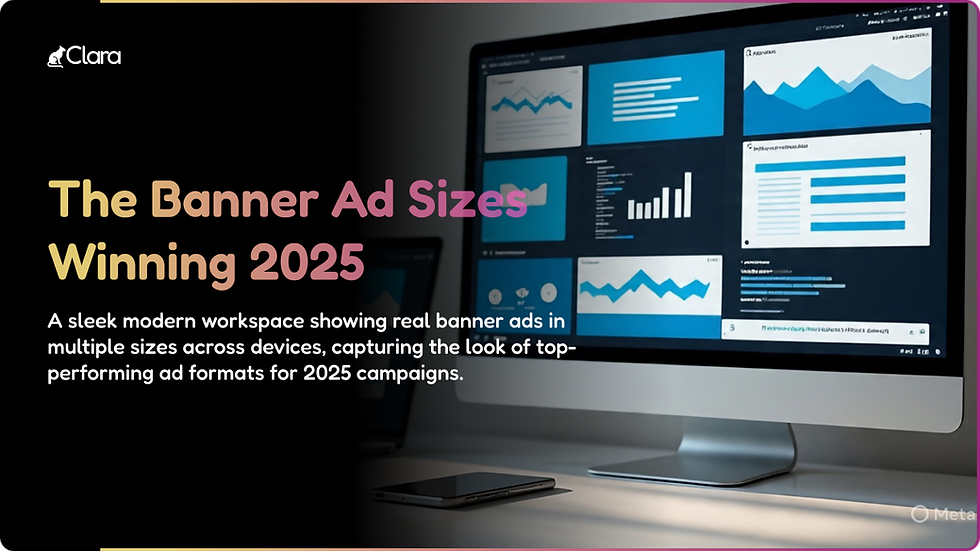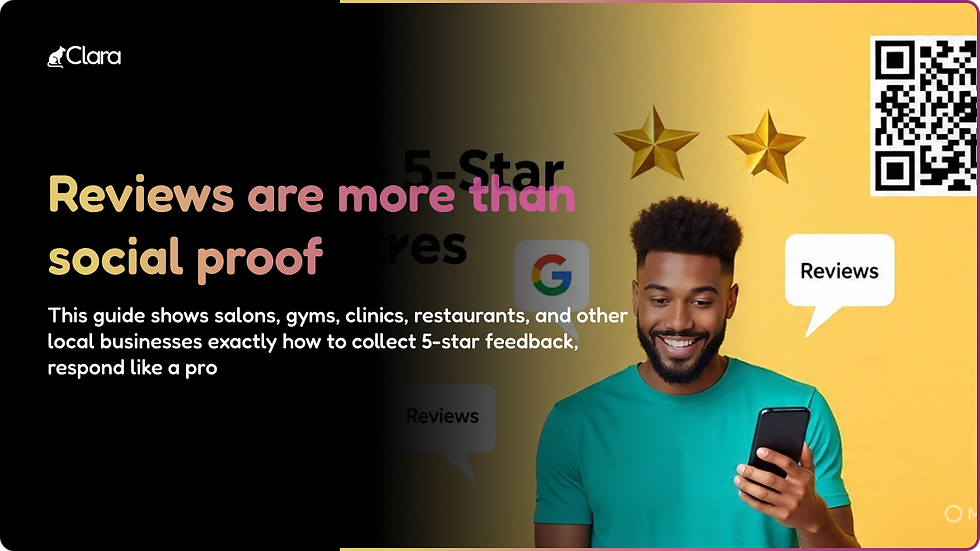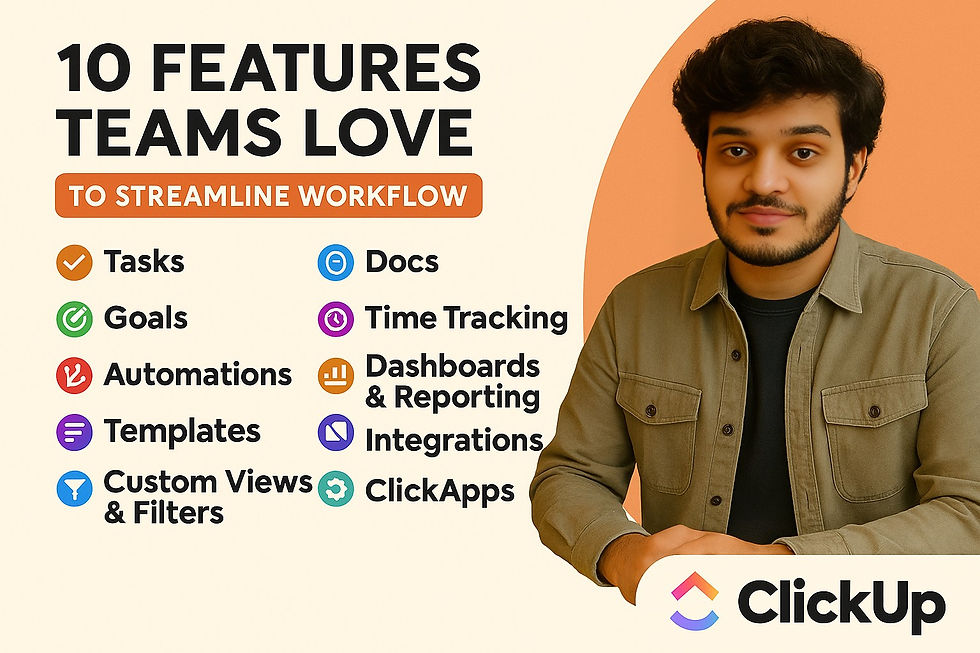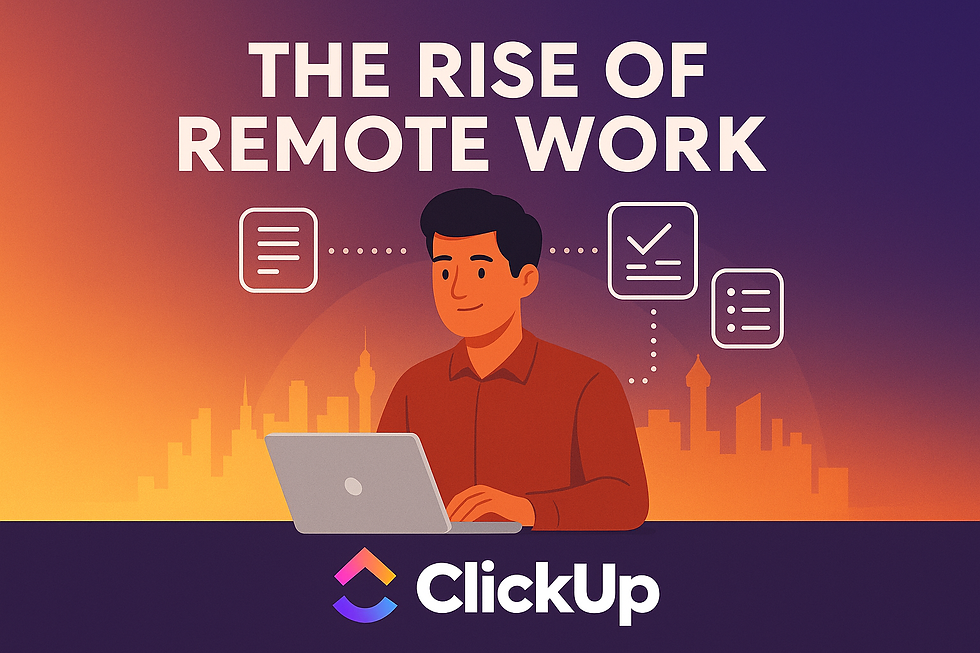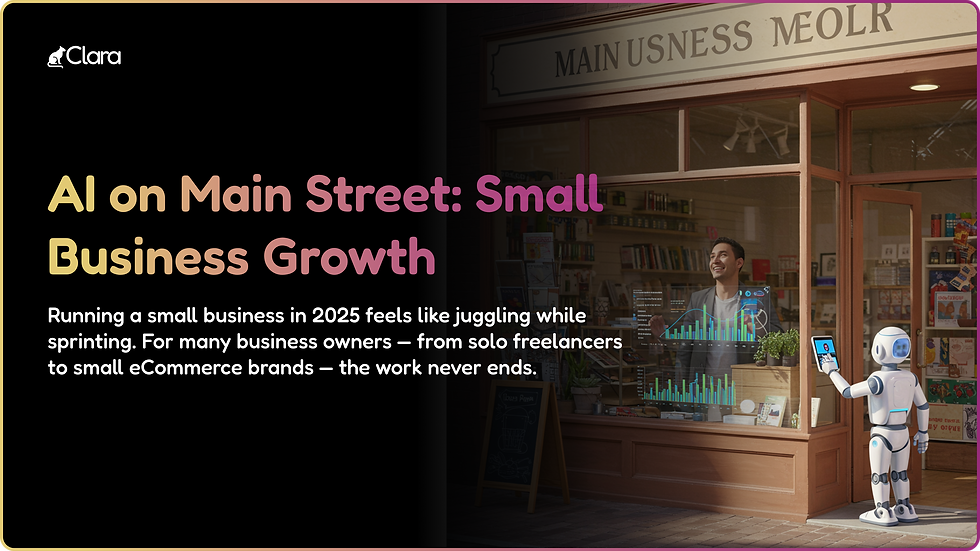- Dravya Bansal
- Jul 15
- 3 min read
If your team is still juggling tasks across multiple apps, you’re not alone. Many businesses use one tool for tasks, another for docs, and a third for reporting—leading to confusion and wasted time.
ClickUp changes that by combining everything into one powerful platform. Let’s explore the 10 features that teams love most—and how they can make your workflow smoother.
🔹 1. Tasks – The Core of ClickUp
Tasks are where everything starts. You can:
Break projects into tasks and subtasks
Assign them to teammates with due dates and priorities
Switch between List, Board, Calendar, or Gantt view
💡 Scenario: A marketing team sets up a task for each blog post, adds subtasks for writing and design, and tracks progress from draft to publish.
🔹 2. Docs – Collaboration Without Google Docs
ClickUp Docs let you create, share, and edit content directly inside your workspace.
Write SOPs, client briefs, or project plans
Use @mentions to loop in teammates
Link docs to tasks for quick reference
💡 Scenario: A product manager drafts a spec in a Doc and links it to development tasks—keeping everything connected.
🔹 3. Goals – Stay Focused on the Big Picture
Goals keep everyone aligned.
Break big objectives into smaller targets
Assign owners and timelines
Track progress in real time
💡 Scenario: A sales team sets a quarterly revenue goal, ties it to specific deals, and instantly sees how close they are to hitting the target.
🔹 4. Time Tracking – Know Where Hours Go
ClickUp comes with a built-in time tracker.
Log time manually or with a timer
Compare estimated vs. actual hours
Export reports for payroll or clients
💡 Scenario: A freelance designer logs time for each client project directly in ClickUp—no extra tools needed.
🔹 5. Automations – Cut Out Busywork
Automations handle repetitive steps for you.
Auto-assign tasks when statuses change
Send reminders before deadlines
Move tasks when conditions are met
💡 Scenario: When a developer marks a bug as “Fixed,” ClickUp instantly notifies QA to start testing.
🔹 6. Dashboards & Reporting – Clarity at a Glance
Dashboards give you a real-time view of progress.
Charts, workload views, and custom widgets
Reports on tasks, time, and goals
Share with clients or leadership
💡 Scenario: A project manager sees overdue tasks, team workload, and milestones—all from a single dashboard.
🔹 7. Integrations – Connect Your Favorite Tools
ClickUp plays nicely with the tools you already use.
Slack, Zoom, Google Drive, GitHub, and more
Keep files and conversations tied to tasks
💡 Scenario: A design team links Figma to ClickUp so project files and updates stay in one place.
🔹 8. Templates – Save Time on Repeat Projects
No need to start from scratch every time.
Use prebuilt templates for common workflows
Save your own projects as templates
💡 Scenario: An agency reuses its “Client Onboarding” template for every new customer, ensuring consistency.
🔹 9. Custom Views & Filters – Work Your Way
Every team member can work how they prefer.
Switch between views (Board, List, Timeline)
Filter by assignee, priority, or due date
Save personal views for focus
💡 Scenario: Writers use List view for assignments, while managers use Calendar view for deadlines—everyone stays aligned.
🔹 10. ClickApps – Extra Power, When You Need It
ClickApps are optional add-ons you can turn on/off.
Add priorities, dependencies, time estimates, and more
Keep things lightweight or feature-rich
💡 Scenario: A startup enables “Dependencies” so legal approval tasks must finish before launch activities begin.
Final Thoughts
ClickUp isn’t just a task manager—it’s a central hub where work, collaboration, and reporting live side by side. By using these features, teams save time, stay aligned, and focus on what matters most.
👉 Discover how to streamline your team workflow with ClickUp today.






